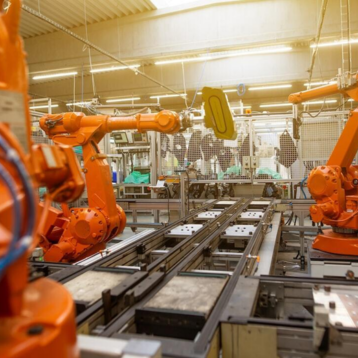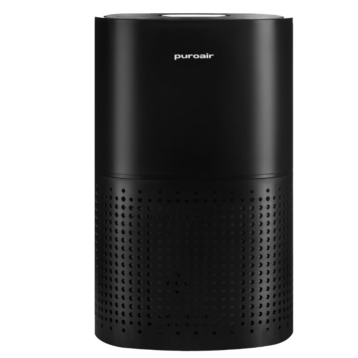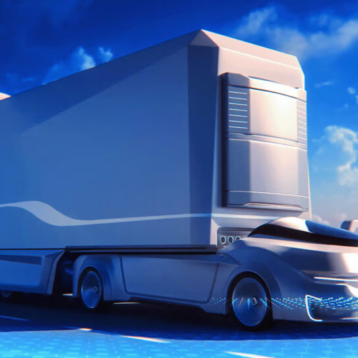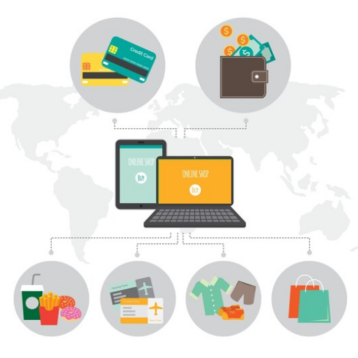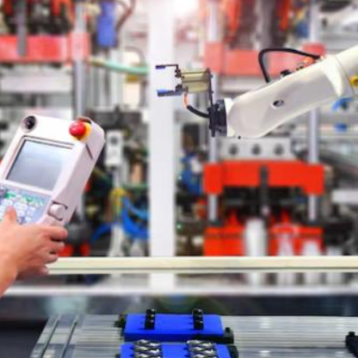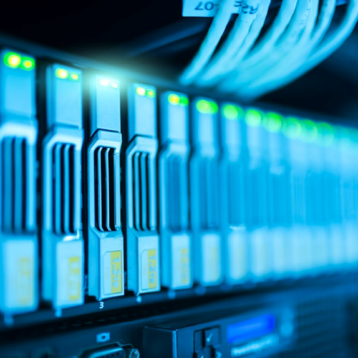The Future of Things editor takes the plunge and goes to work on CES armed only with his netbook. How did it hold up and what can be learned from this experience about the future of mobile computing?
 |
| CES with a Netbook |
|
We recently got back from a very successful CES 2009 in Las Vegas. Despite the economic crisis there were still plenty of new and innovative technologies and products to cover. Our working methodology for CES 2009 was very different than previous events. For both
CeBIT 2007 and
CES 2008 (and less so on CeBIT 2008) we tried to bring one full converge of the most innovative things in the exhibition. This is a complex and time consuming task and was published too late for many readers who already had a chance to learn about many of the innovations from other sources. At CeBIT 2008 and to a much greater extent the recent CES 2009, we decided to take a very different approach; creating shorter items which will be published during the event or close to it. Also new is our
video section in which we already published several short video segments we captured during CES 2009 (another new section is in the works as we speak and will also include quite a bit of CES 2009 related content).
 |
| IBM R50E and Samsung NC10 |
|
In past events I used to travel with my (now) old but fairly robust IBM R50E. This 6.6lbs (2.5 kg) hog has 2.5-3 hours worth of (original) battery and with my 9cell secondary battery can do another 4-5 hours on a good day. Carrying and using it on long trips was never a whole lot of fun. Besides the weight its size (it has a 14” display) forced me to use a rather large carrying bag dedicated almost entirely to the laptop and preventing me from taking other accessories and equipment, such as cameras, in the same case. Using the R50E on a cramped plane is another experience I would rather forget. Putting the computer on the tray in front of me when it’s pulled backwards resulted in a need to change the angle of the display (which was far from optimal). Taking the laptop to the show itself wasn’t even an option (unless I was looking for a chiropractor).
I am a big advocate of desktop PCs and don’t see things changing in the next few years. Although only recently it was revealed that for the first time laptops sales have surpassed desktop sales around the world we are still talking about a fairly even market and this is probably going to stay that way for the next 2-3 years. We currently have about 7 computers around the home including two laptops. I believe that these days the choice between a desktop and a laptop has much to do with the working style of the specific user. People who are often on the move, students and business people who travel frequently, will prefer laptops. Some older people and people who prefer a smaller computer footprint (and less cable clutter on their desk or floor) might also go with laptops. On the other hand most professionals, enthusiasts, gamers, and people who tend to work long hours in front of a computer will usually choose a desktop. The large display, full keyboard, and mouse just make life a tad more comfortable. Laptop advocates will probably answer by saying that you can get all that by simply connecting an external monitor, keyboard, and mouse to your laptop or use a docking station (something many people I know do on a daily basis). Although docking stations are nice (even if a tad pricy), many existing models do not support them natively (I am actually not aware of any docking station for netbooks, although such a product does make sense). Laptops also have far less connections (typically only 3-4 USB ports, no external dual or triple display support, no eSATA, and in many cases no Gigabit LAN). But actually the biggest problem is general speed. To get even close to the speed of my Intel Q9450 9800GTX based system on a laptop I would probably need an extremely large, heavy, and expensive laptop which I will never take with me anywhere anyway (I don’t do LAN parties).
 |
| NC-10 – tiny but useful |
|
At the end of the day my working style requires a machine capable of handling a large amount of multitasking including Office, Photoshop, and dozens of Firefox windows/tabs open at once. These things are essential to my day to day work on TFOT. For CES 2009 I decided to try and use a netbook to do this job. My netbook of choice (actually purchased from Amazon just a few weeks prior to CES) was the relatively new Samsung NC10. This cute little device is probably the best netbook on the market these days. With a very bright 10” LED based display (which can easily be turned all the way down during flights to preserve quite a bit of battery life), a very large and comfortable keyboard, 3 USB ports, 1GB of RAM (which could be replaced with a 2GB module), and of course Intel’s ATOM processor, this mini laptop weights less than half my old R50E but in many respects performs better (not too surprising when coming to think of it as the R50E is more than 4 years old).
So how did it go? The short answer is amazingly well. The tiny computer was able to cope with almost anything we threw at it, including massive amounts of data transfers while doing other tasks (during CES we took over 20GB of pictures, videos, and voice recordings which we had to transfer to our laptops at the end of each day). The NC10 did have a few minor issues – the touchpad is small and uncomfortable (though I never use them on most other laptops) forcing me to use an external mouse (the excellent Logitech nano), the machine also tended not to wake up correctly from sleep mode (but it always got resolved at the end) and we had a very strange problem with the network connector (a small plastic part was somehow broken inside but this was also eventually resolved). All these problems aside the only work I didn’t try to do on the NC10 was video editing (which we did on Roy’s proper laptop).
 |
| NC-10 Trans-Atlantic battery |
|
Although I didn’t carry the NC10 to the CES floor every day I considered doing so a few times (something I would never image doing with the R50E in previous years). Eventually we just didn’t have enough time to work during the day so there wasn’t much point in carrying a laptop with us even if it did only add about 2 pounds. The biggest advantage of the NC10 was during the long flights from Israel to the U.S. (about 15-16 hours with one stop in the middle). Working on and off almost the entire flight back (and with only half an hour charge at JFK) I was able to keep the NC10 alive for the entire flight (brightness turned all the way down and WIFI turned off). To me this is the real achievement of netbooks like the NC10 (some companies claim an even longer battery life than the NC10).
At the end of the day netbooks are here to stay and 2009 will probably see a huge increase in their sales. Most of them are powerful enough to do most day to day tasks and although more advanced users such as myself will probably never think of trading their main desktop for one of them, they do have a place in the market and could serve many types of users as a second, third,(or in my case 7
th) computer.
About the author: Iddo Genuth is the founder and chief editor of The Future of Things magazine.





